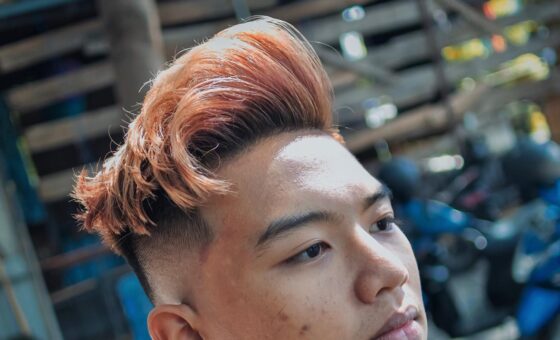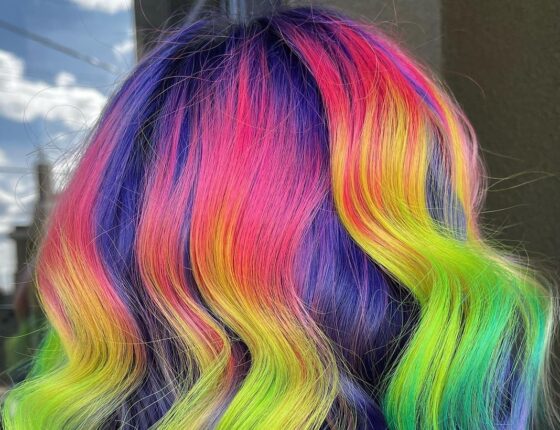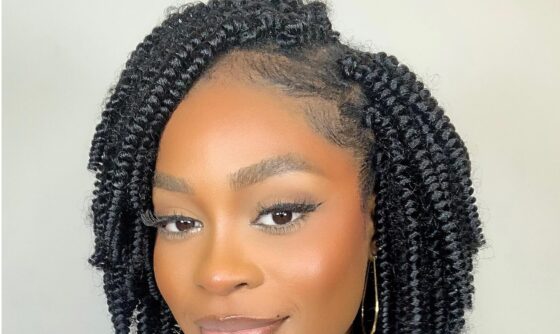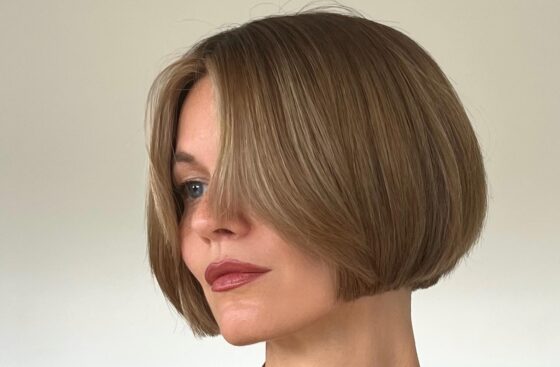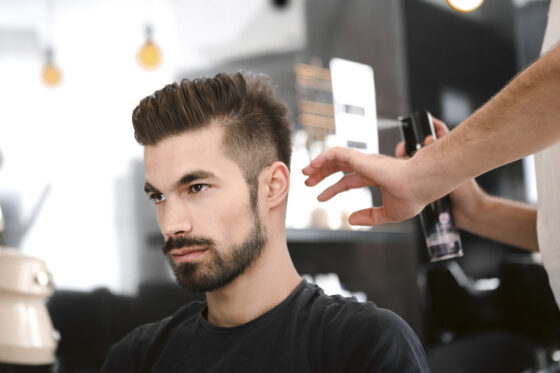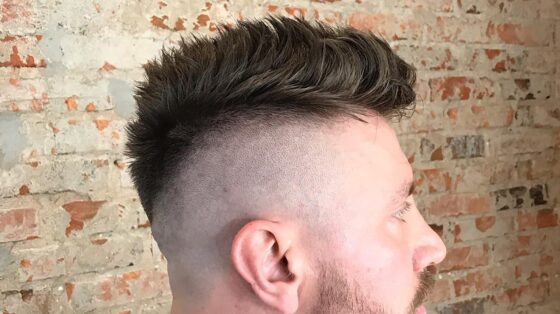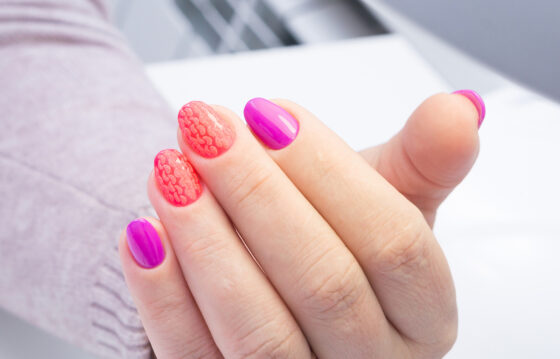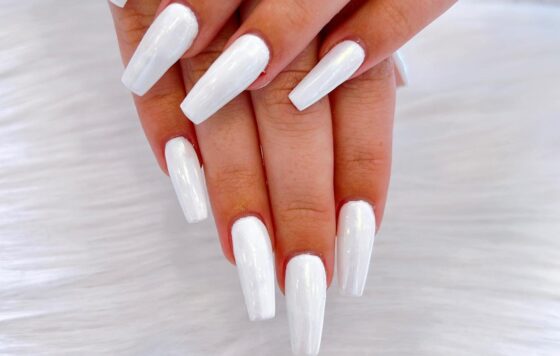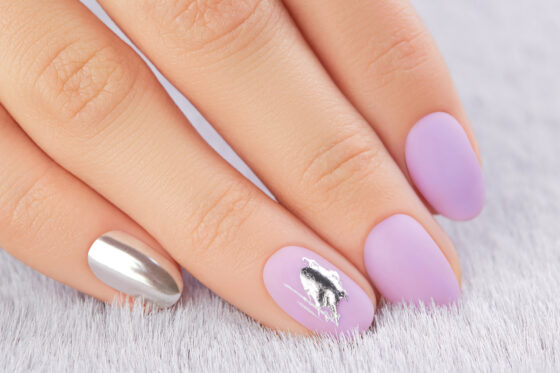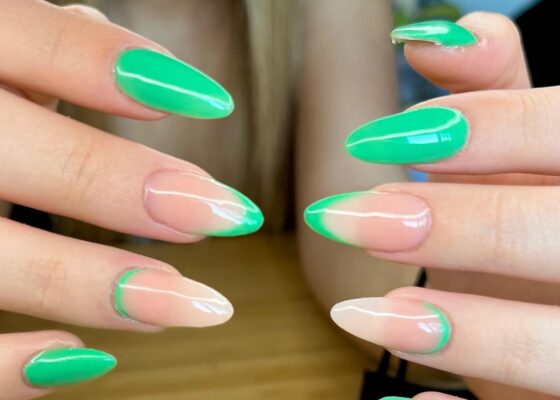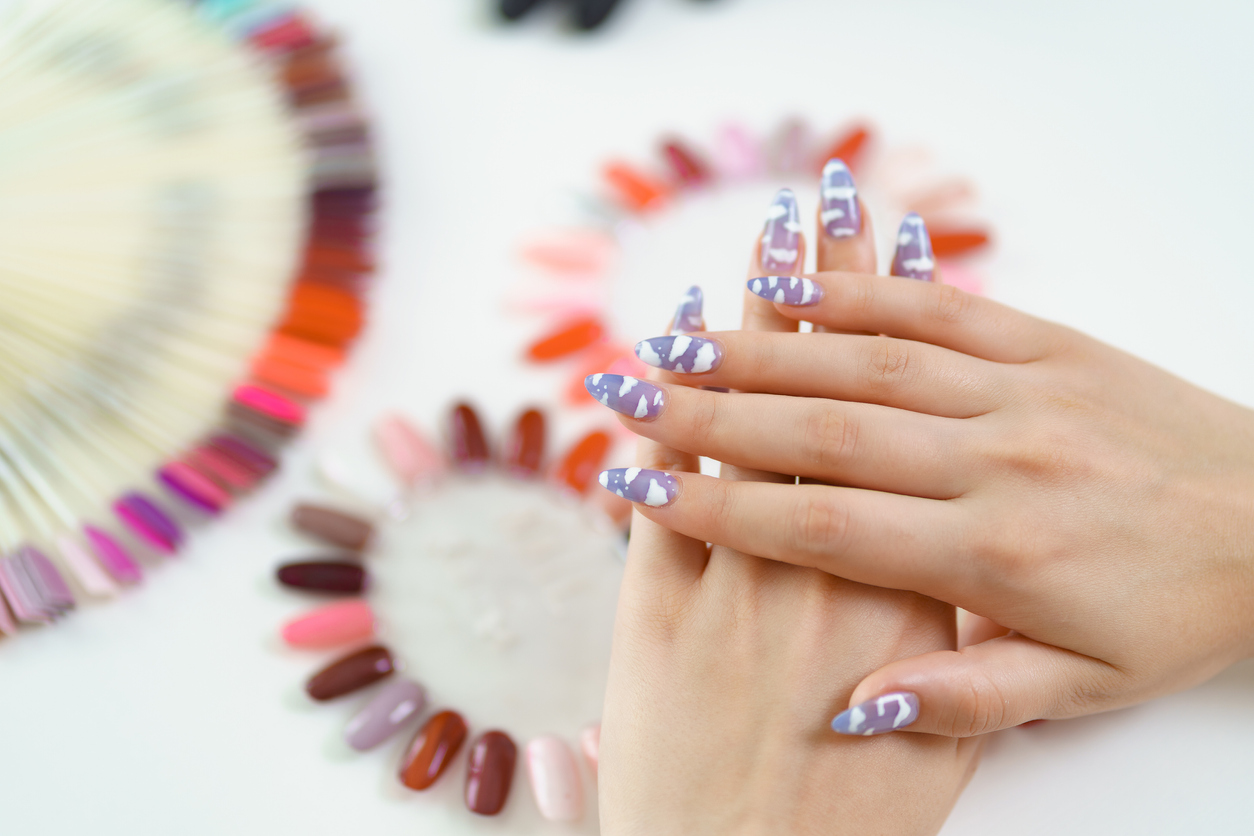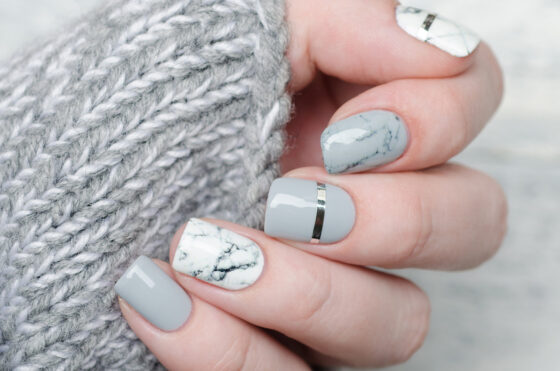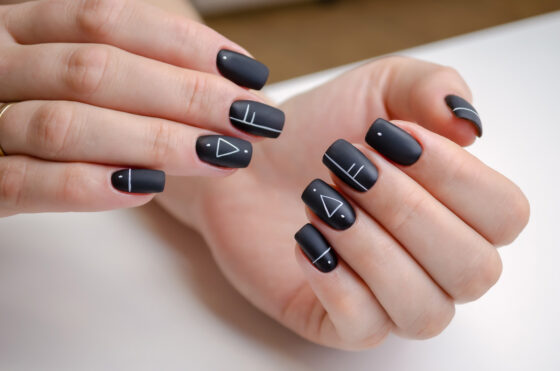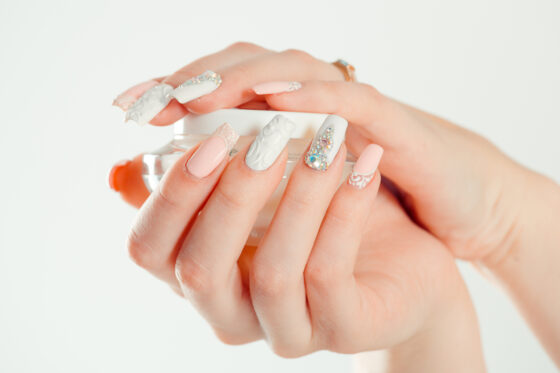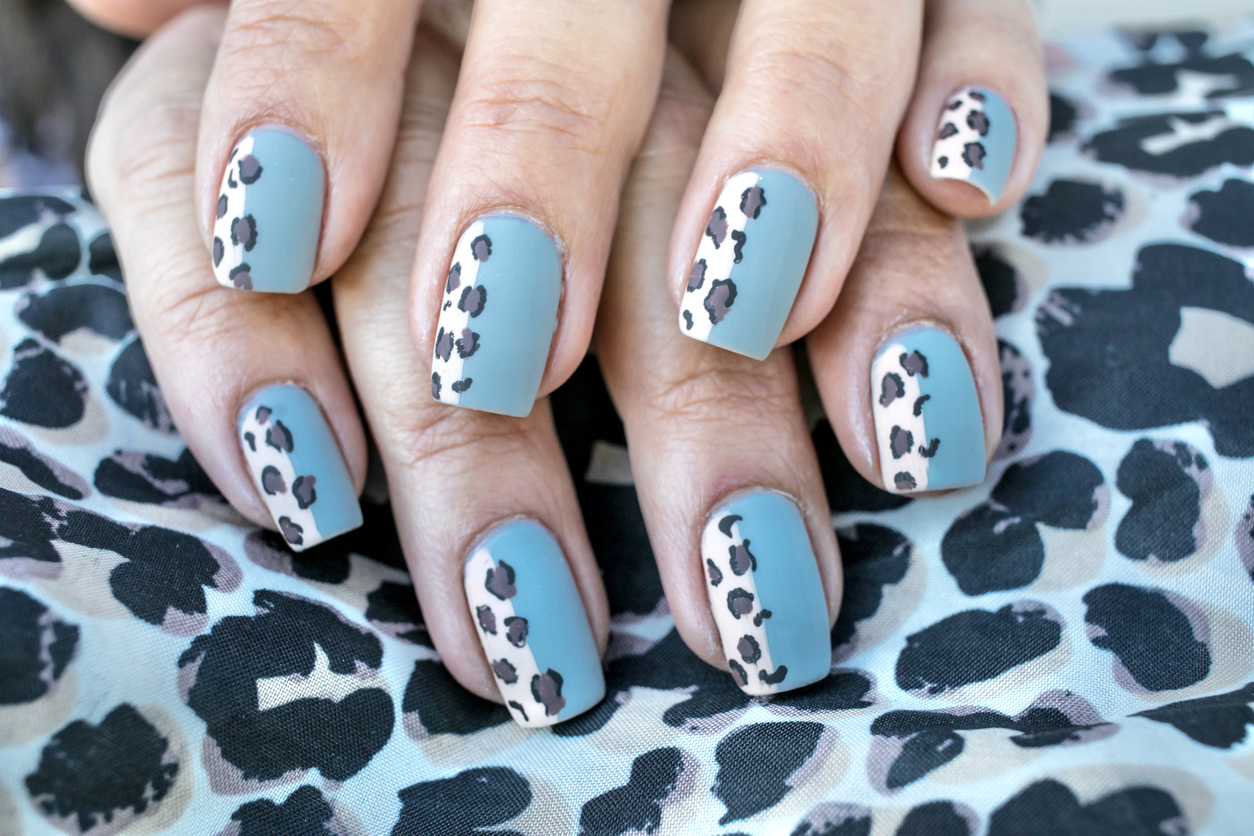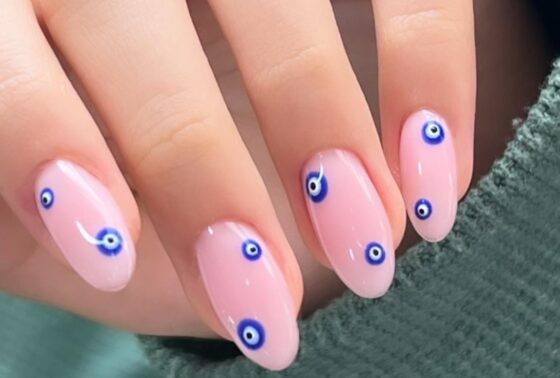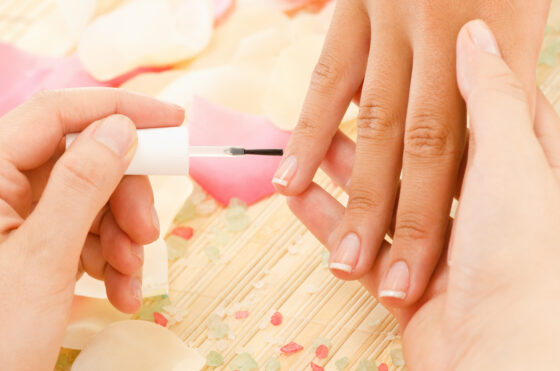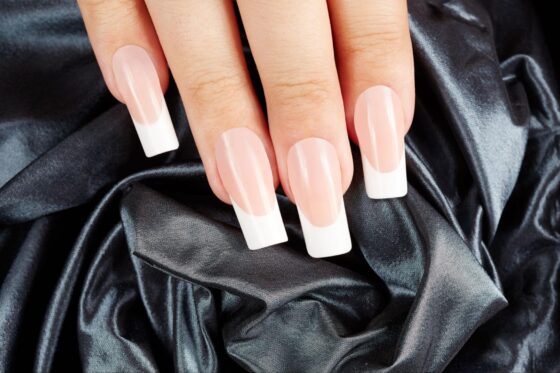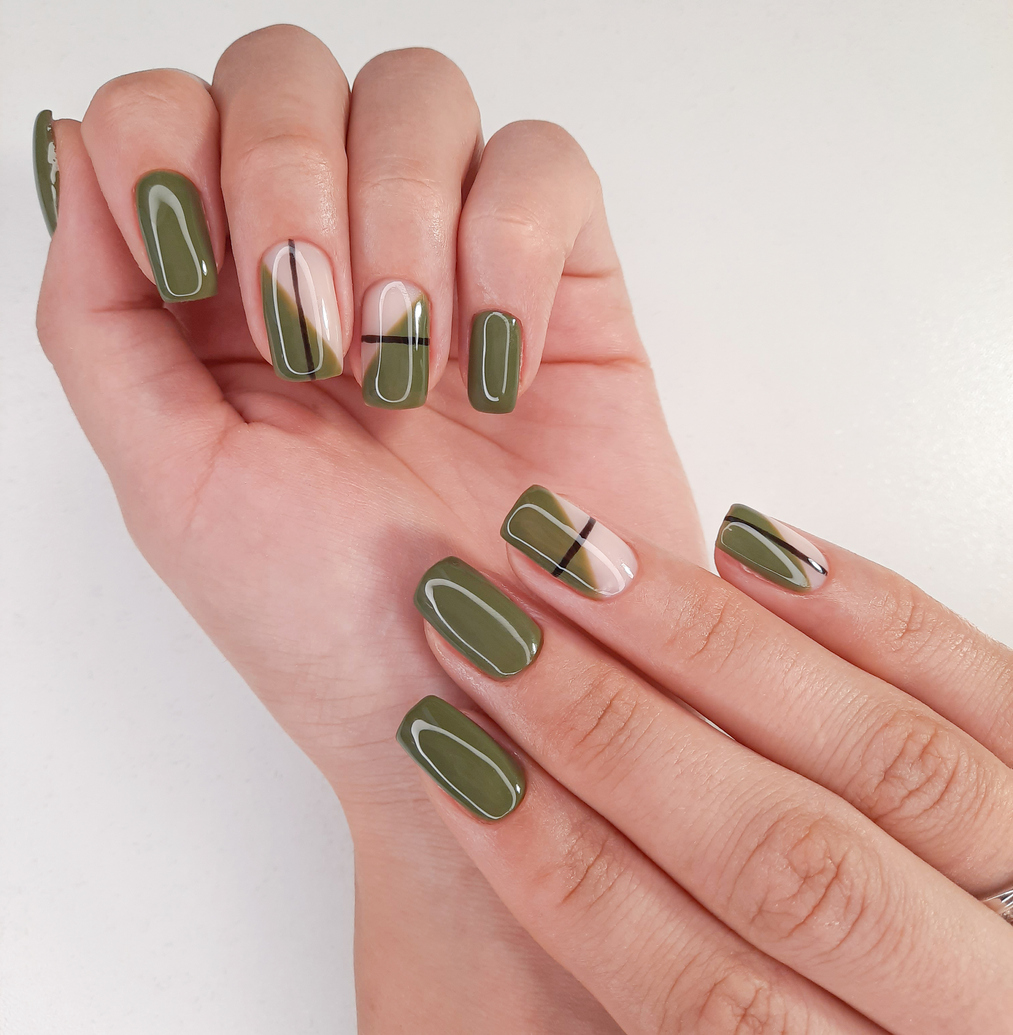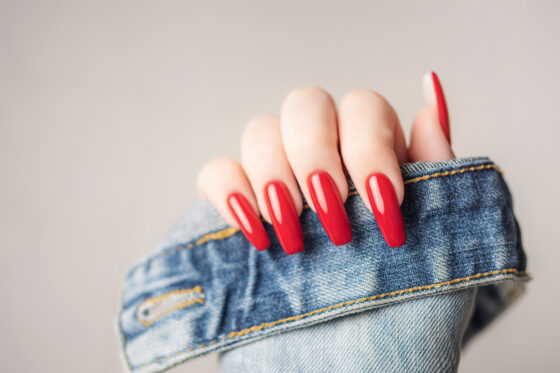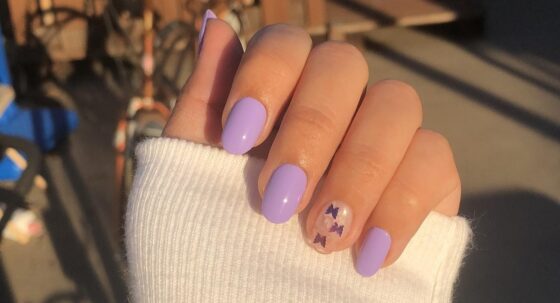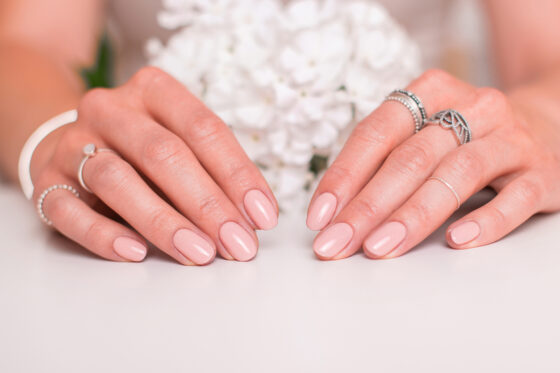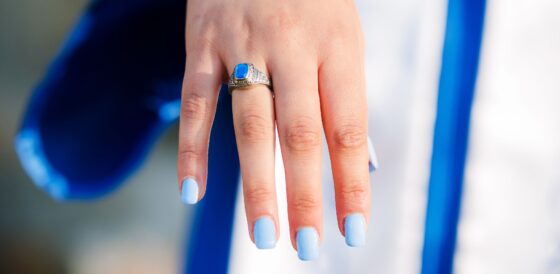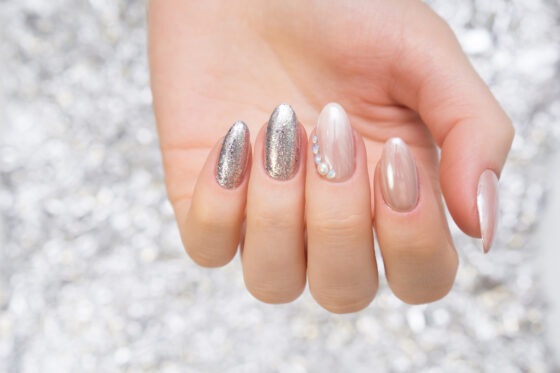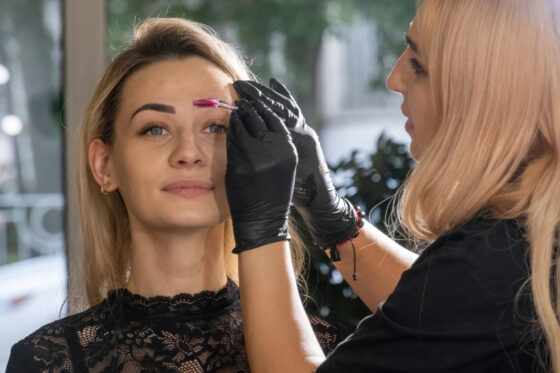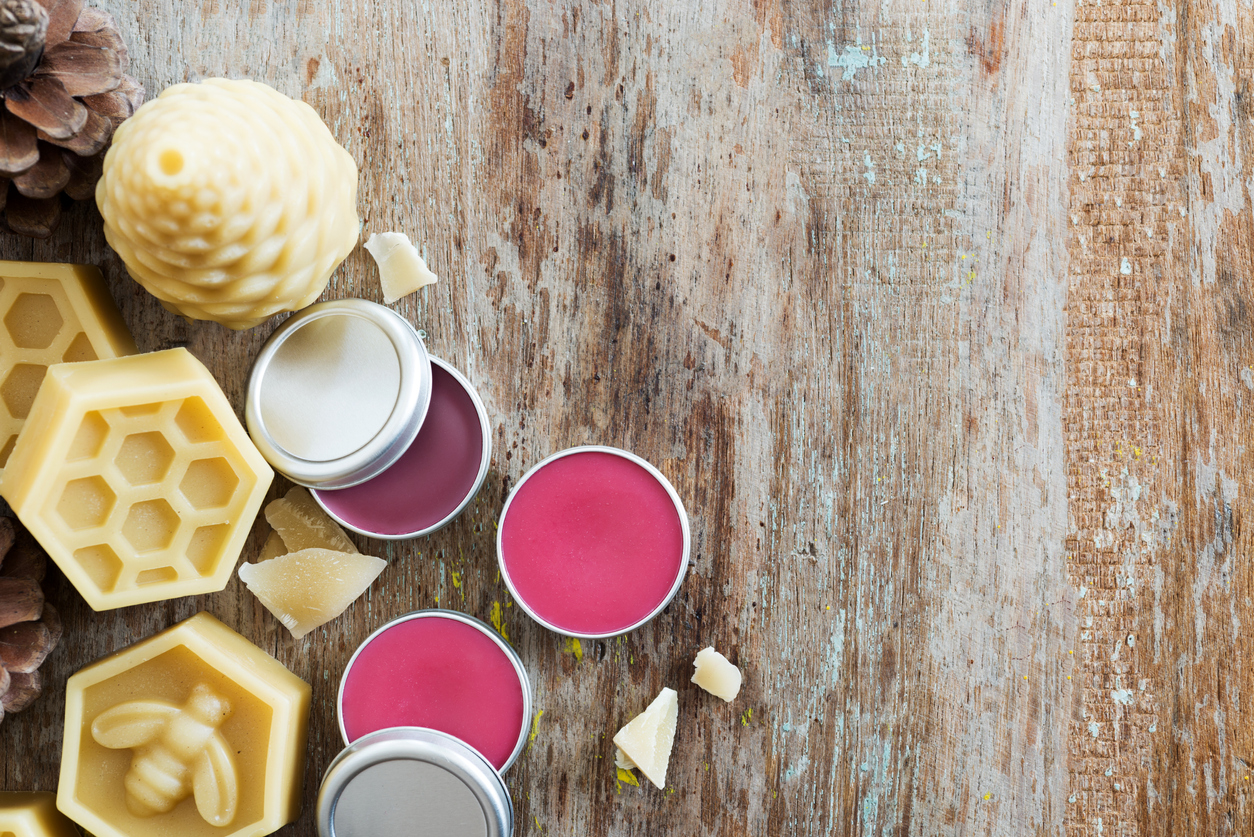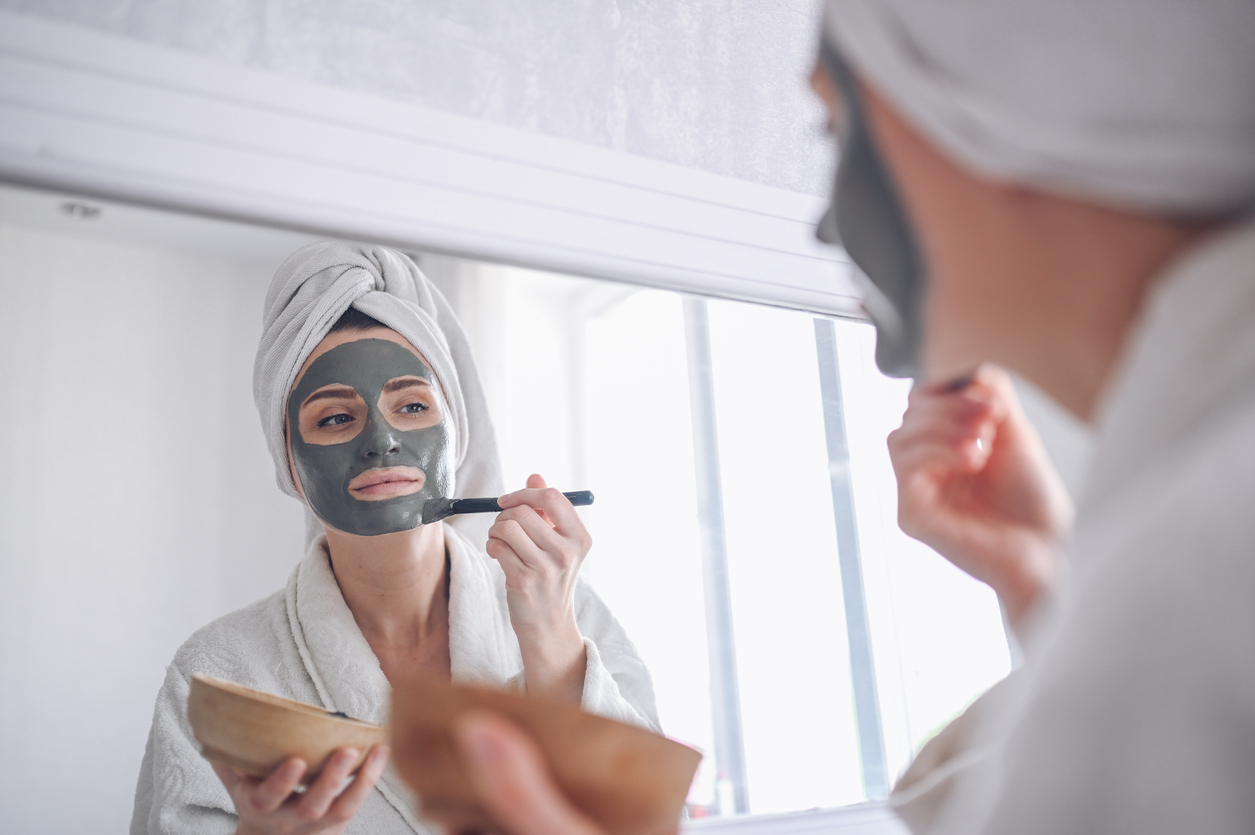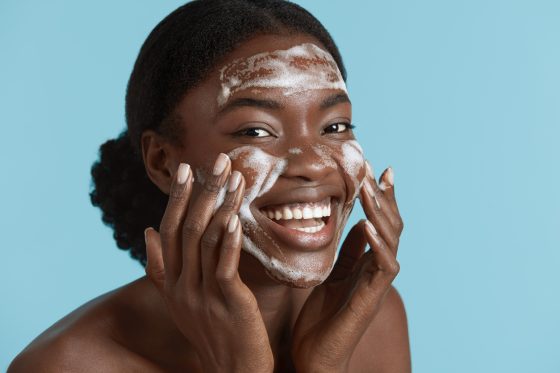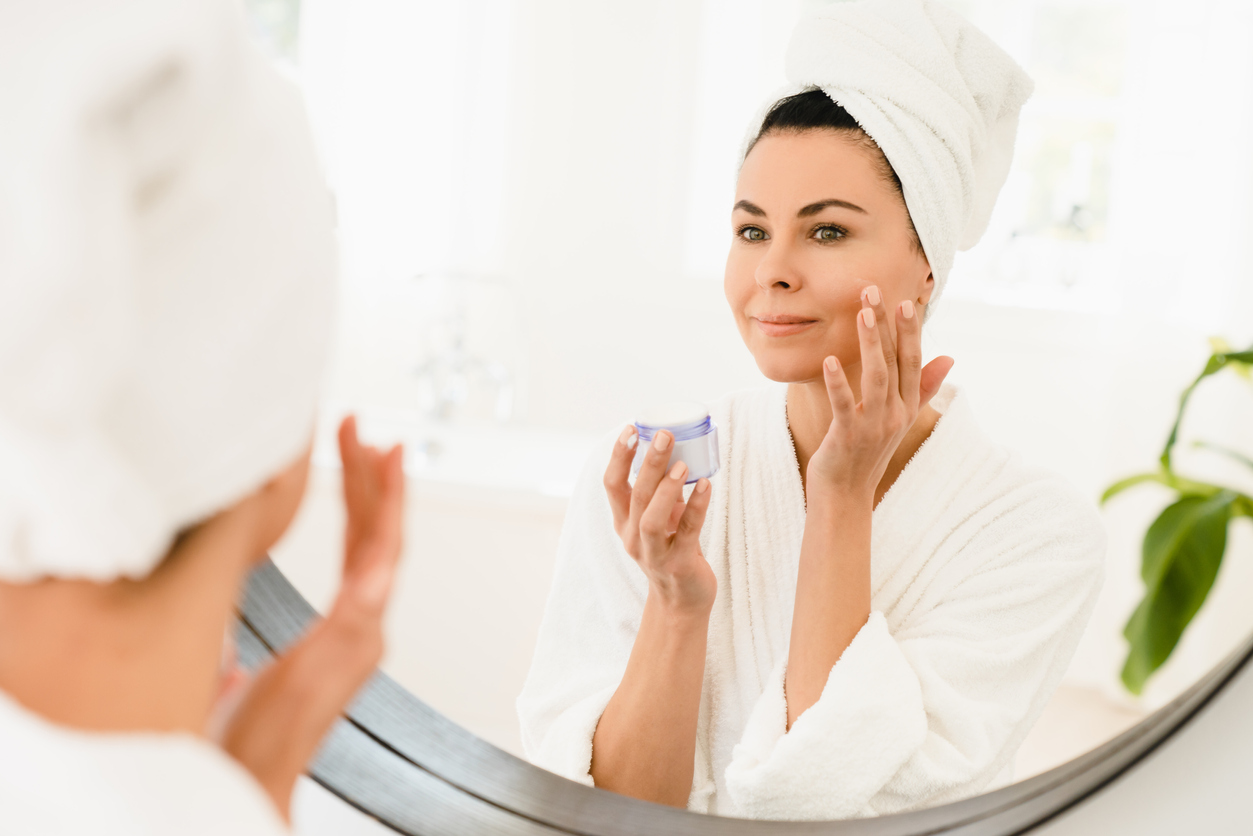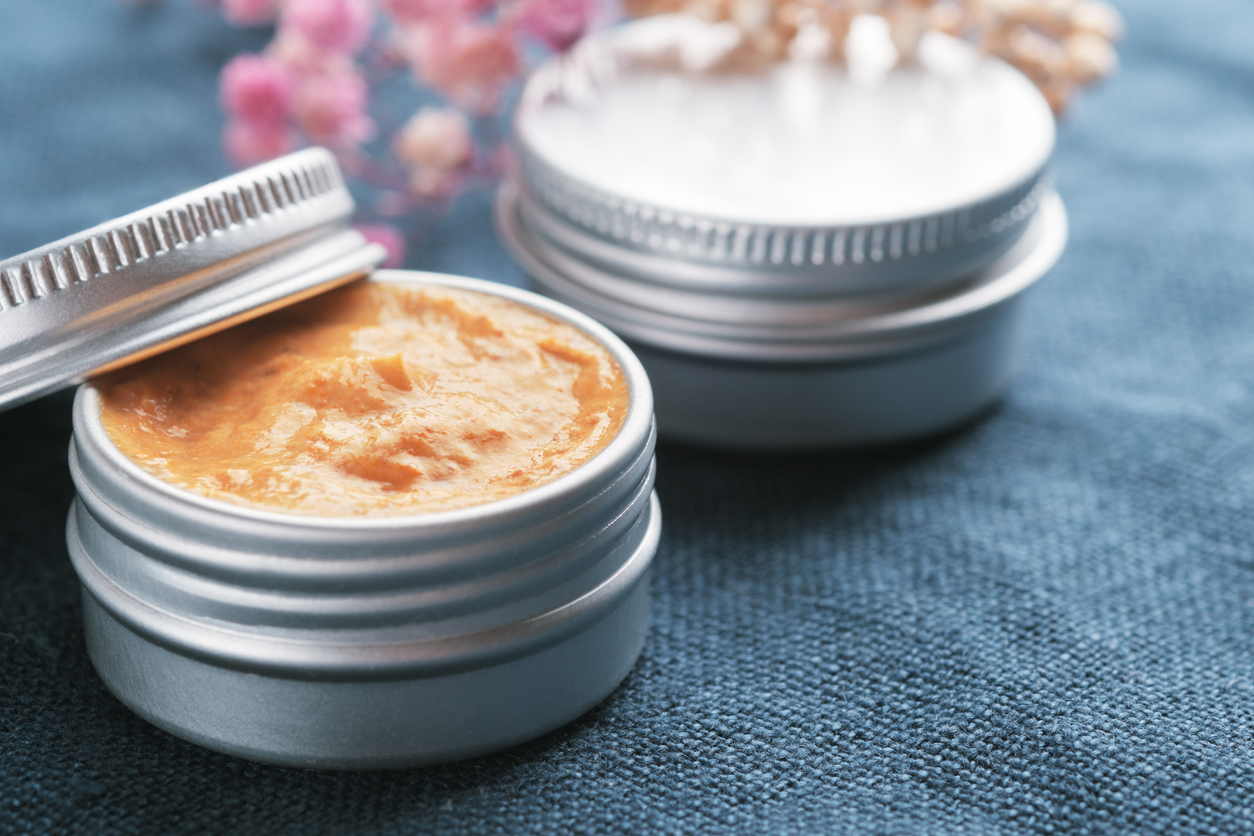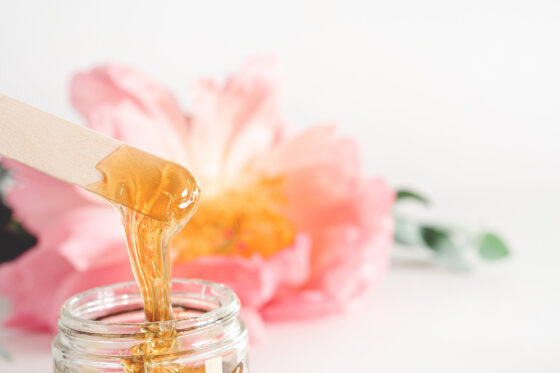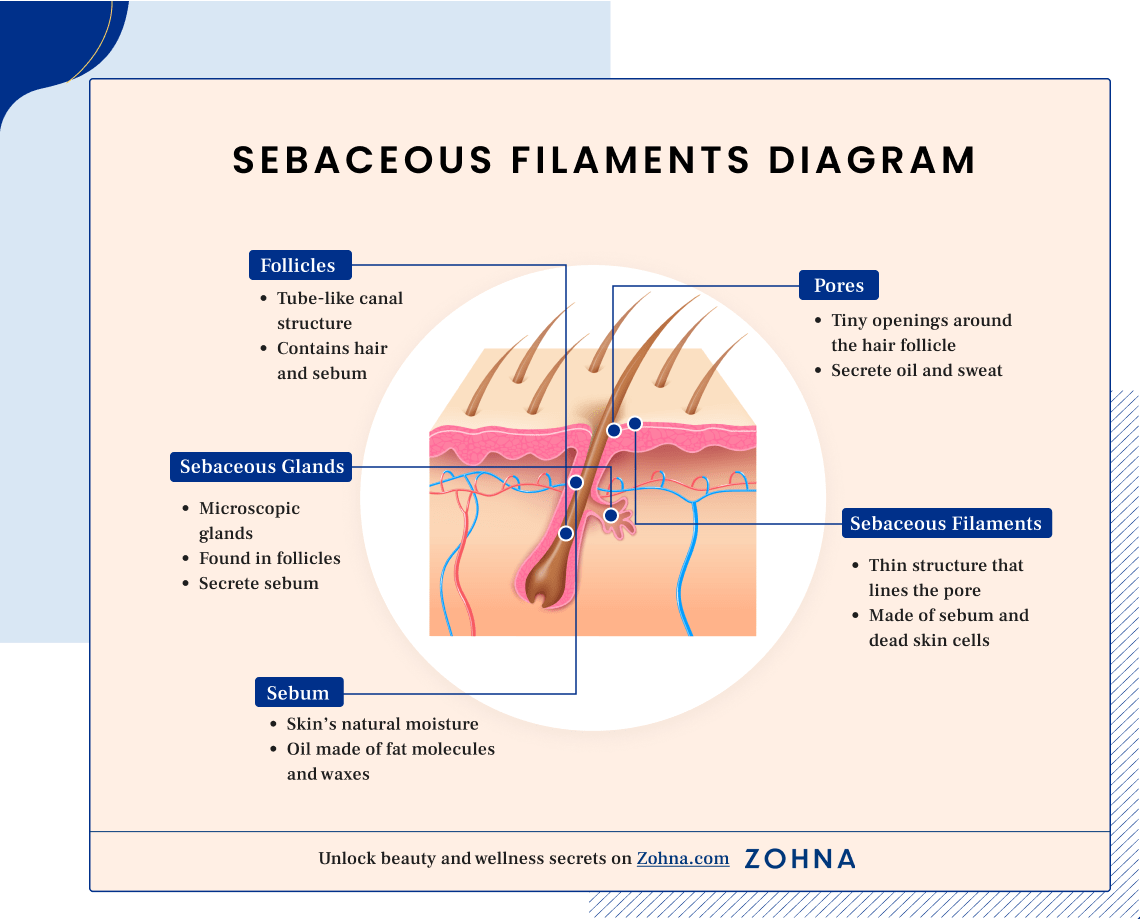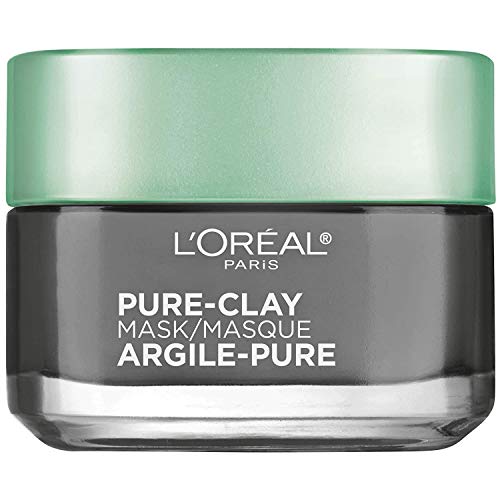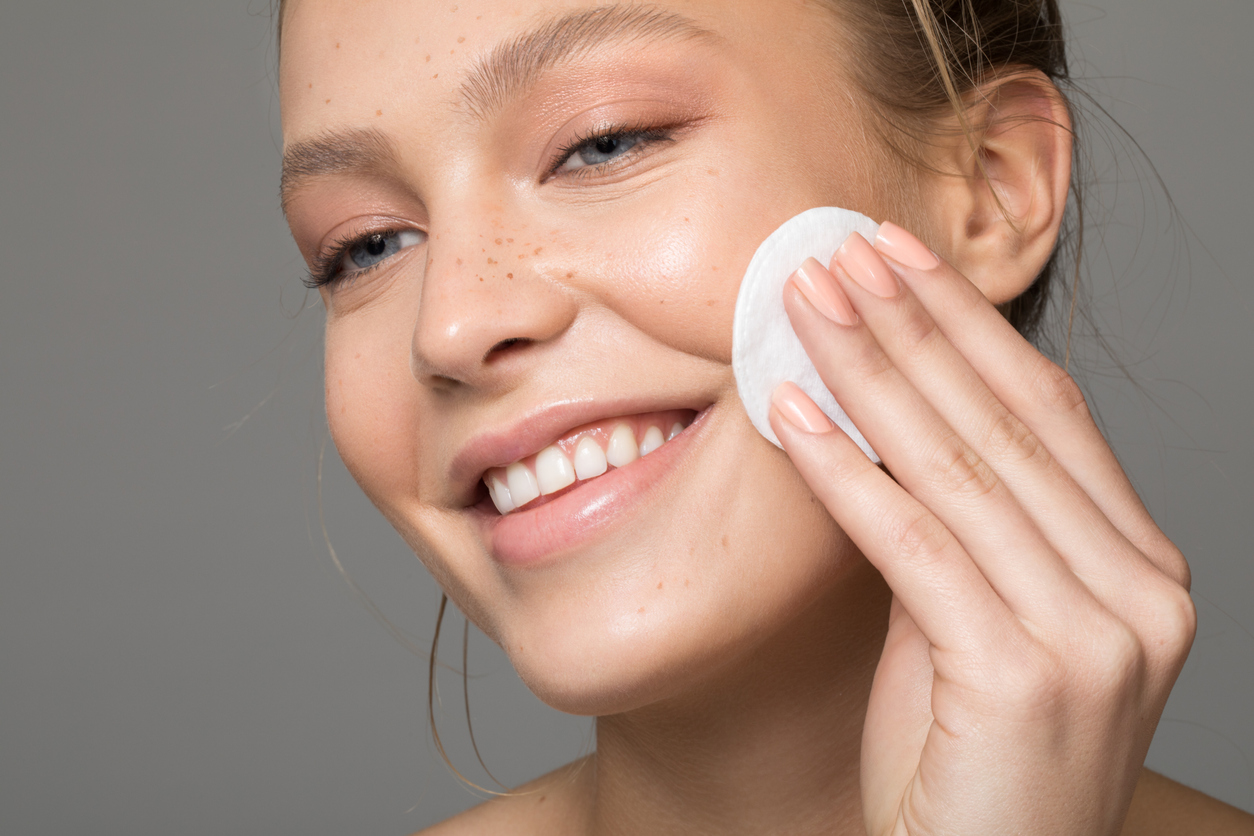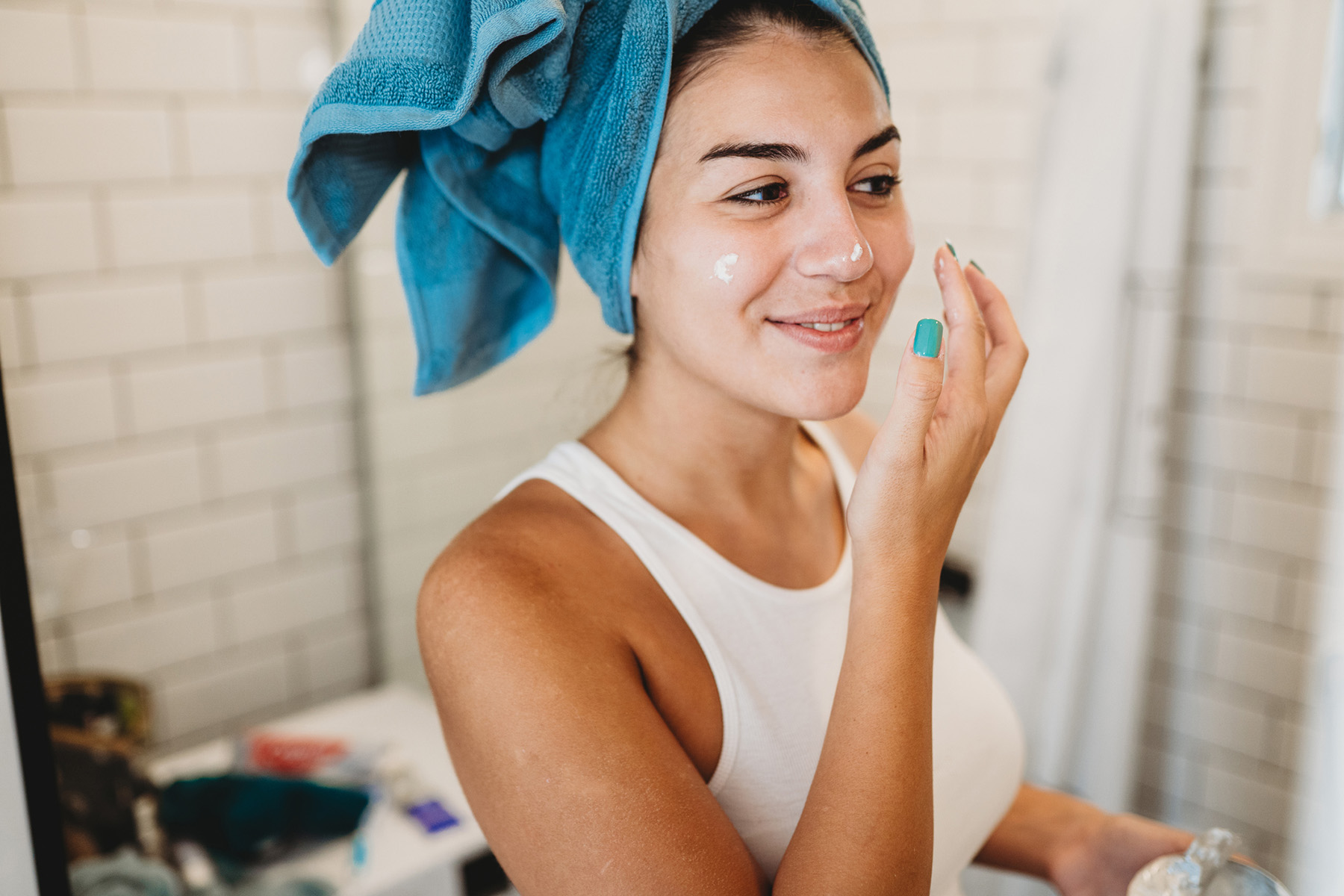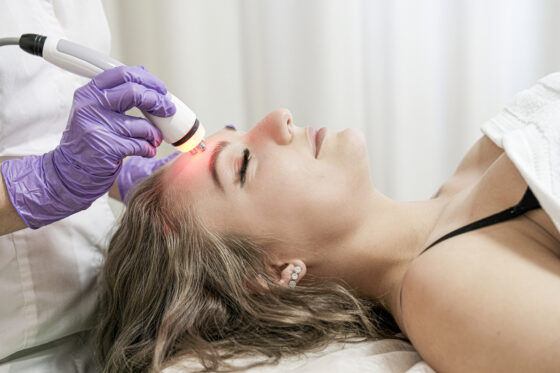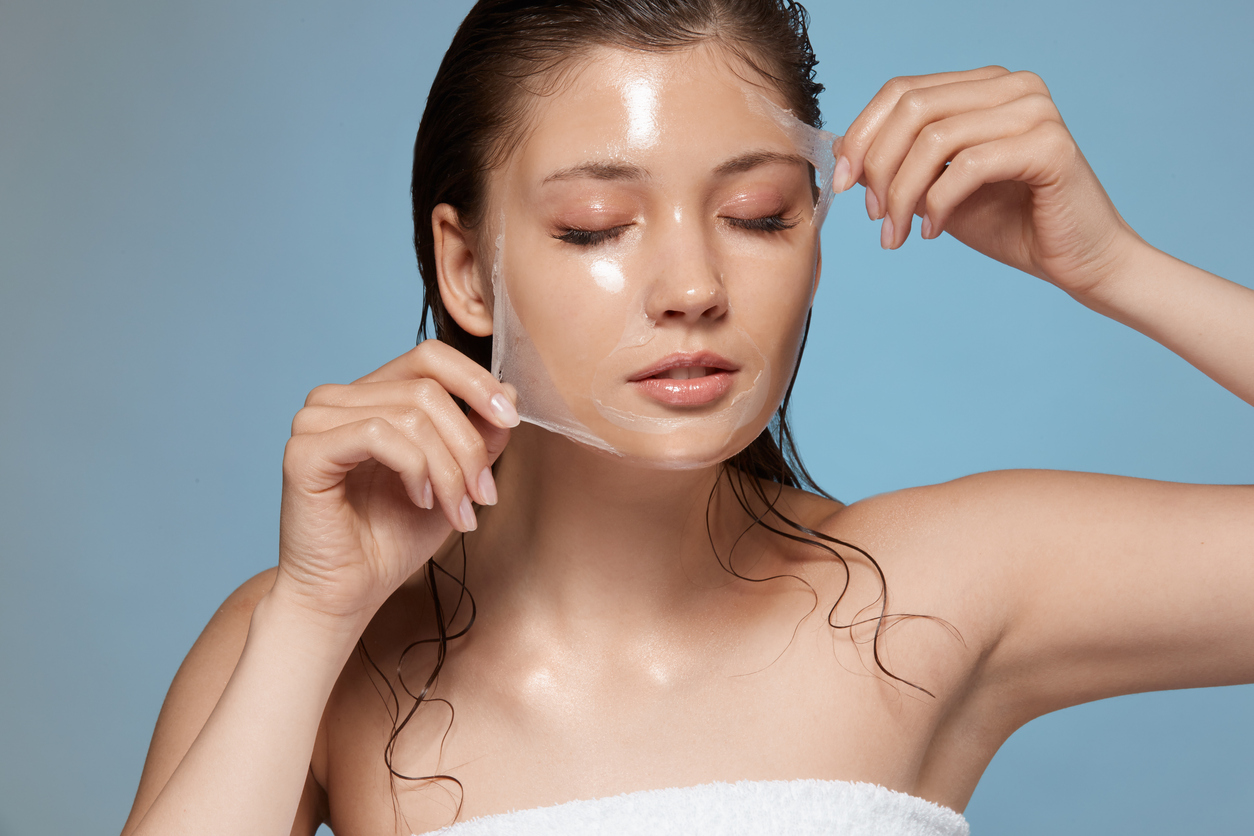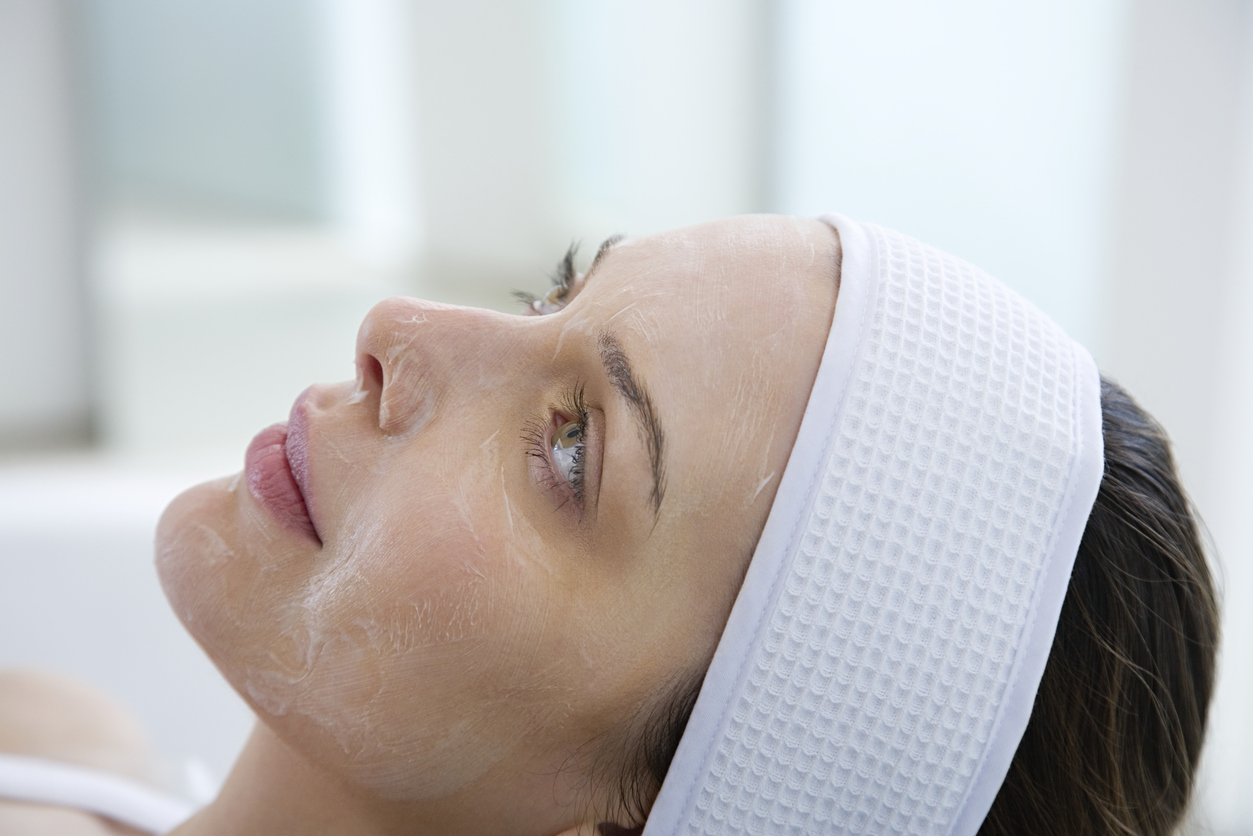You may have heard people talk about sebaceous filaments in a similar fashion to trans fats or carbs.
“Sebaceous filaments are the enemy!”
“Gotta treat the sebaceous filaments.”
You might be wondering, what are sebaceous filaments, and why do we need to remove them?
What Are Sebaceous Filaments?
Sebaceous filaments are enlarged pores that look like holes. They are considered problematic primarily for cosmetic reasons, as they cause the skin to have an uneven texture. When enlarged, sebaceous filaments produce excess oil and are prone to becoming clogged with grease and dirt, resulting in blackheads, whiteheads, or, worst case, pimples.
However, sebaceous filaments are a natural and essential part of the skin structure. Your skin is lined with sebaceous glands that produce sebum (oil). The skin’s natural oil production is necessary for maintaining healthy, hydrated skin.
Sebaceous filaments are part of the hair follicle structure that spans between the epidermis and dermis layers of the skin.
The main components of the hair follicle structure are:
- Sebaceous glands
- Follicles
- Sebum
- Sebaceous filaments
- Pores
The chart below provides an overview of the main components of hair follicles.
| Component | Function |
| Sebaceous glands |
|
| Follicles |
|
| Sebum |
|
| Sebaceous filaments |
|
| Pores |
|
Sebaceous filaments help transport sebum from the sebaceous glands to the skin’s surface.
When they overproduce oil, your pores become more visible, and excess oil production often leads to acne.
While sebaceous filaments are harmless and essential for healthy skin, enlarged filaments are cosmetic imperfections. We shouldn’t try to remove sebaceous filaments, but we can reduce their size to improve our complexion.
Sebaceous Filaments Diagram
The illustration below shows a diagram of sebaceous filaments as they appear on the hair follicle structure.
Sebaceous Filaments vs. Blackheads
When we look in the mirror and see dark dots around our nose, chin, and other parts of our face, it is easy to get confused about blackheads vs. sebaceous filaments. When extracted, blackheads look like dark chunks, whereas sebaceous filaments secrete an oily wax. Sebaceous filaments are a natural part of the skin’s structure, and blackheads are not.
The chart below compares sebaceous filaments vs. blackheads.
| Sebaceous Filaments | Blackheads |
|
|
Sebaceous Filaments Pictures
Sebaceous filaments look similar to blackheads, but are much lighter and look smoother.
Let’s take a look at some pictures of sebaceous filaments up close.
Chin
View this post on Instagram
Visible sebaceous filaments are very common on the chin. The chin is part of your t-zone, which is known for producing more oil than elsewhere on the face. Increased oil production means more visible sebaceous filaments.
As you can see in the before and after pictures, the person did not have blackheads, whiteheads, or inflammatory acne in the photos. In the photo following a spa facial, their pores have shrunk, and their sebaceous filaments are less noticeable.
Forehead
View this post on Instagram
Foreheads are prone to pimples, oil, and visible sebaceous filaments. As you can see in the before picture, the skin has visibly large pores and a lot of oily buildups. Following sebaceous filament removal, the skin is smoother and much less oily.
Breasts
If you’ve ever had a pimple on your boob or acne on your pecs, it’s because the chest is like the t-zone of our torso regarding oil production. The chest and breasts produce more oil and have larger pores than elsewhere on the body.
It is normal to have visible sebaceous filaments on breasts, around and between them. Exfoliating body washes with salicylic acid can help reduce sebaceous filaments and regulate oil production around the chest area.
Nose
View this post on Instagram
The nose is the most common place to see enlarged sebaceous filaments; if you look up huge sebaceous filaments pictures on social media, you’ll see a feed full of up-close sebaceous filaments on the nose.
The example we have chosen here shows a zoomed-in image of what sebaceous filaments on the nose look like. Unlike blackheads, they are tanned in appearance with a flat texture.
Cheeks
View this post on Instagram
Another area prone to visible sebaceous filaments is the cheeks. Cheeks are more prone to enlarged sebaceous filaments than acne. You can see that this person has enlarged pores and oily skin without any blemishes or blackheads.
Common Causes of Sebaceous Filaments
Everyone has sebaceous filaments; they are a natural part of the skin and a component of the hair follicle structure. Excess oil production causes sebaceous filaments to become more visible and make the pore size larger.
Factors that affect sebaceous filaments include:
- Age
- Genetics
- Sun exposure
- Hygiene
Age
Pores increase in size and sebaceous filaments become more visible with age; this is due to decreased collagen production and lost skin elasticity. Also, our skin’s natural exfoliation process slows down in our early 30s.
Genetics
Our skin type is part of our genetic makeup. Whether you have dry, oily, or combination skin, there isn’t much you can do to change it. If you have oily skin, your skin produces more oil, resulting in larger pores and more visible sebaceous filaments.
Sun Exposure
You might think sun exposure will dry out pores and reduce pore size, but the opposite is true. The dehydrating effect of sunlight triggers an increase in oil production, resulting in more visible sebaceous filaments and breakouts. Over time, sun damage breaks down collagen, causing the skin to sag and pores to become more visible.
Hygiene
Hygiene plays a vital role in the appearance of our pore size and sebaceous filaments. If we don’t cleanse our skin regularly, it causes dirt and oil to accumulate and pores to expand.
How to Get Rid of Sebaceous Filaments
There are many effective ways to reduce the appearance of sebaceous filaments. Rather than discussing ‘sebaceous filaments removal’ and getting rid of sebaceous filaments, we want to talk about controlling the size and visibility of sebaceous filaments.
If you get rid of sebaceous filaments, they will naturally reappear within 30 days. Extracting sebaceous filaments will also dry out your skin, permitting bacteria to enter your pores and increasing oil production.
Our top four treatments for sebaceous filaments are:
- Cleanser with salicylic acid
- Facial cleansing brush
- Pore vacuum
- Clay face mask
Cleanser with Salicylic Acid
One of the most effective ingredients for treating sebaceous filaments is salicylic acid. Salicylic acid is a beta hydroxy acid (BHA) that exfoliates the skin to treat clogged pores and reduce oil production.
Washing your face with a cleanser containing salicylic acid will help shrink pore size and reduce the appearance of sebaceous filaments.
The benefits of salicylic acid include:
- Unclogging pores
- Dissolving oil
- Removing dirt and dead skin cells
- Reducing oil production
Facial Cleansing Brush
If you haven’t already bought one, consider investing in a facial cleansing brush. These handheld devices gently exfoliate the skin’s surface and provide a deep cleansing effect. Facial brushes clear clogged pores, removing excess dirt and oil, which minimizes the appearance of sebaceous filaments.
The benefits of facial cleansing brushes include:
- Exfoliating the skin
- Removing dirt and oil
- Reducing pore size
- Improving circulation
- Evening skin tone
- Preparing skin to absorb products
Pore Vacuum
A pore vacuum is an electric suction device that removes blackheads on the nose, chin, forehead, and problematic areas. They are great for people with sensitive skin who want to extract dirt and debris from pores without using harsh chemicals or topical skin treatments that may irritate their skin.
In addition to being a blackhead removal tool, they extract excess oil and skin cells that cause enlarged sebaceous filaments.
Pore vacuums are used to clear impurities from the skin including:
- Debris from pores
- Blackheads
- Dirt
- Excess oil
- Skin cells
- Whiteheads
Clay Face Mask
Sebaceous filaments can be an excuse for a spa day. While we’d love the 90 minutes of pampering and relaxation, a salon facial is pricey and time-consuming. Fortunately, at-home clay face masks provide similar benefits for sebaceous filaments to a spa facial, minus the bottomless cucumber water and a neck massage.
The benefits of a clay face mask include:
- Absorbs oil
- Draws out dirt and debris
- Purifies the skin
- Exfoliates dead skin cells
- Regulates oil production
Charcoal masks are also effective for cleansing pores to treat blackheads and sebaceous filaments. Clay masks are more effective for oily skin as they help reduce sebum production.
Zohna Tip
Use clay or charcoal face masks as part of your weekly skincare routine to prevent clogged pores.
Best Products for Sebaceous Filaments
There’s a whole world of skincare products available to treat oily skin, blemishes, and sebaceous filaments. With so many options to choose from, the decision can be overwhelming.
We’ve selected our top four products for sebaceous filaments, including topical treatments and removal tools.
Best Cleanser with Salicylic Acid
When it comes to salicylic acid, Paula knows best. Paula’s Choice Skin Perfecting 2% BHA Liquid Exfoliant is one of consumers’ highest-rated salicylic acid cleaners. Exfoliation is an essential step in skincare and an effective way to reduce and prevent the appearance of enlarged sebaceous filaments.
It works by regulating sebum production and unclogging pores while exfoliating the dead skin cells and excess oil that cause enlarged sebaceous filaments. It contains 2% BHA salicylic acid, the highest strength of salicylic acid available in over-the-counter products.
The key product features include:
- Unclogs and clears pores
- Smooths and evens skin tone
- Green tea extract to soothe skin
- 2 % salicylic acid for exfoliation
- Regulates sebum production
Best Facial Cleansing Brush
Brushing your skin provides a deep cleansing and exfoliating effect you just can’t get by washing your face. A facial cleaning brush is an electric tool to clear impurities from the skin and unclog pores.
For a gentle yet effective cleanse to regulate oil production and decrease the appearance of sebaceous filaments, try Några Coola Sonic Cleansing Brush. Its extra-soft bristles are made from silicone to be gentle on the skin.
The key product features include:
- 100 % waterproof
- Five intensities
- Massages the skin
- Clear 99% of impurities from skin
- Firms the skin
- Improves circulation
Best Pore Vacuum
When it comes to the best pore vacuum for sebaceous filaments, you will want to choose one with a gentle suction setting. Microderm GLO GEM Diamond Microdermabrasion is a suction extractor tool that unclogs pores and tones skin. It is designed by dermatologists to safely and effectively treat a variety of skin imperfections and restore the skin’s radiance.
The patented technology is clinically proven to reduce pore size, simultaneously improving the appearance of enlarged sebaceous filaments. It exfoliates away dead skin cells and promotes skin cell turnover for healthy skin and a smooth complexion.
When treating sebaceous filaments, you will want to use the pore vacuum on a low-suction setting.
The key product features include:
- Five suction levels
- Medical-grade technology
- Five interchangeable heads
- Blackhead removal
- Promotes collagen production
Best Clay Face Mask
When it comes to skincare, L’Oreal Paris is a brand you can trust. L’Oreal Paris Pure-Clay Mask is a cleansing and detoxifying mask made from three kinds of pure clay. It contains charcoal to absorb excess oil and cleanse the skin of dirt, grease, and impurities.
The exfoliating formula clears out pores to visibly reduce the appearance of sebaceous filaments. It is creamy and non-drying to leave the skin soft and refreshed.
The key product features include:
- Made of 3 kinds of pure clay
- Charcoal to absorb oil
- Detoxifies the skin
- Leaves the skin hydrated
- Increases the skin’s radiance
How to Prevent Sebaceous Filaments
The best thing you can do to control visible sebaceous filaments is to control the amount of oil on your skin. This doesn’t necessarily mean controlling the amount of oil your skin secretes. Proper cleansing can significantly reduce oil and less visible pores.
Follow these tips to reduce and prevent visible sebaceous filaments:
- Cleanse your face every morning
- Take your makeup off at night
- Exfoliate every other day
- Wash your face after workouts
- Use a retinol serum or cream
- Moisturize your skin
Other factors like hormonal changes, stress, and lack of sleep can increase oil production and breakouts. In every case, it’s essential to keep the skin clean to prevent oil buildup. Moisturizing your skin daily will help regulate the amount of oil your skin produces. When the skin is too dry, it will overcompensate by producing more oil than necessary.
FAQ
How to Treat Sebaceous Filaments Naturally?
Treating sebaceous filaments naturally is as easy as washing your face regularly with warm water and cleanser. Warm water dissolves oil and dirt more effectively than cold water and opens up pores to draw out impurities.
Try honey and lemon juice if you want a natural DIY cleanser for oily skin to reduce enlarged sebaceous filaments.
Follow these steps to treat sebaceous filaments naturally:
- Wash your face with warm water and a facecloth
- Mix two tablespoons of honey and one tablespoon of lemon juice in a bowl.
- Add a tablespoon of hot water to the mixture to get a thin liquid.
- Apply the mixture to your skin and gently massage it into your skin for a minute.
- Allow the mixture to absorb into your skin for ten minutes.
- Rinse your face with hot water.
How to Clean Sebaceous Filaments?
The best way to clean sebaceous filaments is by cleansing your skin in the morning and at night. Cleansing skin in the morning washes off oil and dirt accumulated during sleep. Washing skin at night rinses away dirt, oil, and impurities it collects throughout the day. Always cleanse after exercise or sweat-inducing activities like sunbathing.
Can I Hide Sebaceous Filaments?
To hide sebaceous filaments with makeup, ensure your skin is cleansed properly to remove excess oil and dirt from the skin. Use a makeup primer for oily skin before applying foundation or powder. Makeup primer allows makeup to be applied smoothly to give skin an even complexion and tone. Remember, makeup can clog pores, so it’s important to use makeup remover every night to minimize oil and prevent visible sebaceous filaments.
Sebaceous Filaments: You’re In Control!
Sebaceous filaments aren’t the enemy. They’re a natural part of the skin’s structure and play a vital role in maintaining healthy skin.
Rather than eliminate sebaceous filaments, you want to minimize their appearance by getting oily skin under control!
So grab your favorite cleanser and rinse morning and night to tackle visible sebaceous filaments without a fight!






